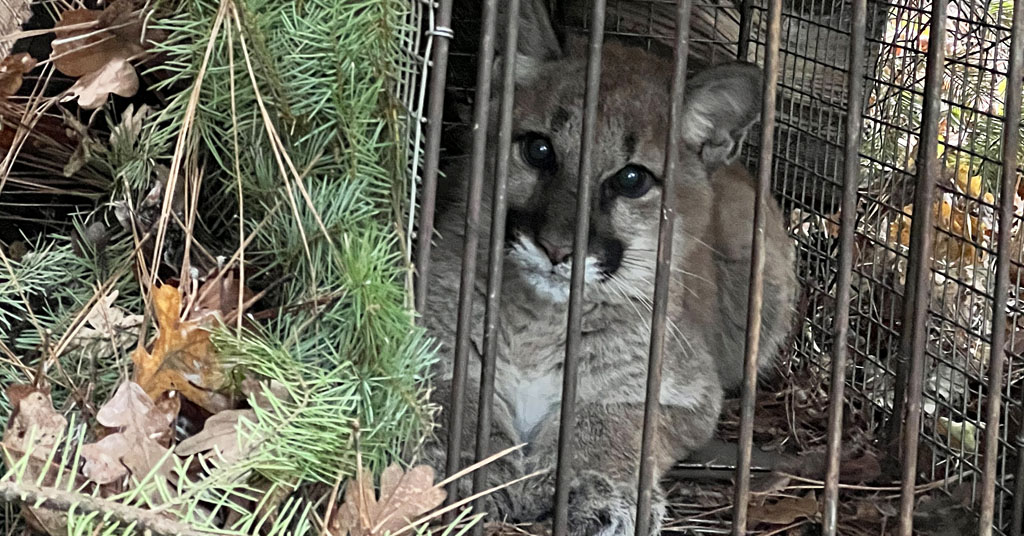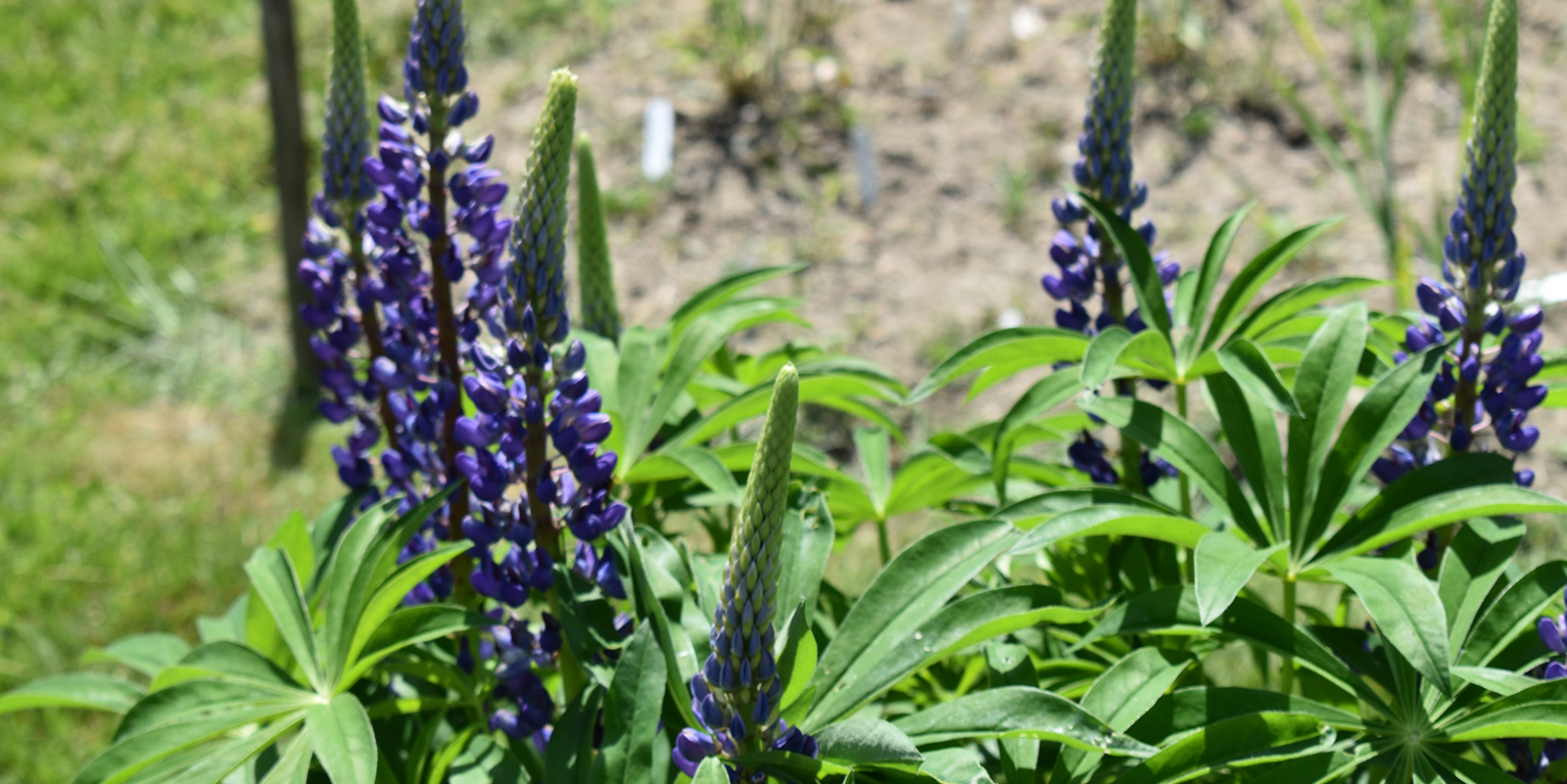Habitat Project Provides Boost to Rhode Island’s Rarest Frog
May 15, 2019
RICHMOND, R.I. — The state’s rarest frog is round and short-legged with bulging eyes and a spade-shaped protrusion on its hind feet that enable them to corkscrew themselves into the ground, where they stay moist and cool and avoid predators.
It’s believed there is just one population of eastern spadefoot frogs left in Rhode Island, here in Richmond, and they haven’t reproduced since 2014. Scott Buchanan, a herpetologist with the Rhode Island Department of Environmental Management (DEM), called the frogs — also known as spadefoot toads even though they are actually frogs — “the best example of a species that, as far as we know, is on the verge of disappearing from Rhode Island.”
University of Rhode Island herpetologist Nancy Karraker and research associate Bill Buffum are trying to forestall that possibility by building additional wetland habitat for them in several communities around the state.
The first of these manmade breeding pools were built May 13-15 on property owned by the Richmond Rural Preservation Land Trust.
“Spadefoot toads breed in the most ephemeral of vernal pools,” Karraker said. “They use what most would call a puddle in the middle of an agricultural field, with no forest canopy cover, and they’re filled by torrential storms that occur in May and June. Those big storms that produce thunder and lightning and an inch or more of rain in 24 hours brings the toads up to breed.”
When these conditions occur, the frogs lay their eggs within a day, the eggs hatch into tadpoles a day or two later, and they complete their metamorphosis into froglets and hop away into the forest three weeks after that, she said.
Unfortunately, the proper conditions haven’t occurred at the right time to inspire the frogs to emerge and breed in the past five years.
Karraker studied spadefoot frogs for three years in Virginia, where they are quite common, and documented their nighttime emergence to feed, their travels across the landscape from forests to breeding ponds, and their corkscrew behavior back into the sandy soil.
“But we have no idea what they do here in Rhode Island,” she said.
An endangered species in the state, spadefoot frogs are at the northern limits of their range in southern New England, which Karraker said means the conditions are probably not ideal.
“But they’ve been here for millennia, evolving and changing with their environment,” she said. “They just haven’t been able to deal with the fact that we’re destroying their breeding habitat.”
Karraker and Buffum are working to change that with a project they are calling “Operation Spadefoot RI.” They spent three years gathering funding and a coalition of partners to build just the right kind of ephemeral pools the frogs require for breeding. This week they brought together more than two dozen volunteers to build the first two pools not far from the state’s historic spadefoot frog population in Richmond.
The partners include URI, DEM, the Natural Resources Conservation Service, the Rhode Island Natural History Survey, The Nature Conservancy, Roger Williams Park Zoo, the Rhode Island Conservation Stewardship Collaborative, the Beech Tree Foundation, and the Richmond Rural Preservation Land Trust.
Kentucky-based wetlands consultant Tom Biebighauser, who built 21 spadefoot frog breeding pools in Massachusetts in recent years, as well as pools for other amphibians in the United States and Canada, led the project. Eighteen pools were designed last year for sites in Richmond, South Kingstown, and Barrington, and if they are successful at hosting breeding populations of the frogs, additional pools may be built elsewhere.
The process involves using an excavator to dig a hole 12-15 inches deep and 40-60 feet in diameter, covering it with what Karraker called “geotextile pads” to provide a cushion beneath a specially made liner, covering the liner with additional geotextile pads, and then spreading soil on it and scattering straw around it for erosion control.
“The reason they need such a specific kind of pool is so they aren’t competing with other tadpoles or dragonfly or beetle larvae. They’re in there by themselves,” Karraker said. “It’s an ingenious ecological strategy.”
Karraker hopes that the frogs from the Richmond population will find the newly constructed pools on their own. If they don’t, she intends to bring tadpoles from the historic site to the new pools. Tadpoles will have to be relocated to the pools that will be built next year on land owned by the South Kingstown Land Trust and the Barrington Land Conservation Trust.
“Our grand plan over the long term is to perhaps head start the tadpoles at the zoo — and possibly at the Greene School (in West Greenwich) to get kids interested in the project and raise public awareness of this charismatic creature — before releasing them in the new pools,” Karraker said.
“We’ve been going around the state for years looking for other breeding populations, so the chances are we would have detected them if there were any. But maybe with an increase in outreach and public awareness, we’ll learn about other existing populations, which would be a great thing.”
Rhode Island resident and author Todd McLeish runs a wildlife blog.




This is great. For about the last 6 years I have been advocating for RI to start building wetlands for amphibians, using my project in Providence’s North Burial Ground as an example. Dr. Karraker attended the conference I organized on the topic several years ago, and Tom Biebighauser’s work influenced mine, so I am really happy to see restoration of wetlands. All the evidence around the country says if you build these ponds , the amphibians will find them. Recent study from Ohio found amphibians found every one of the new pools in all sorts of different forests in less than 2 years. We need something to eat all the new bugs we are going to see with global temperatures rising.
Another thing we need is for DEM to make restorations an easier permitting process for non profits. Regulations equivalent to those enacted for composters on a small would really help.